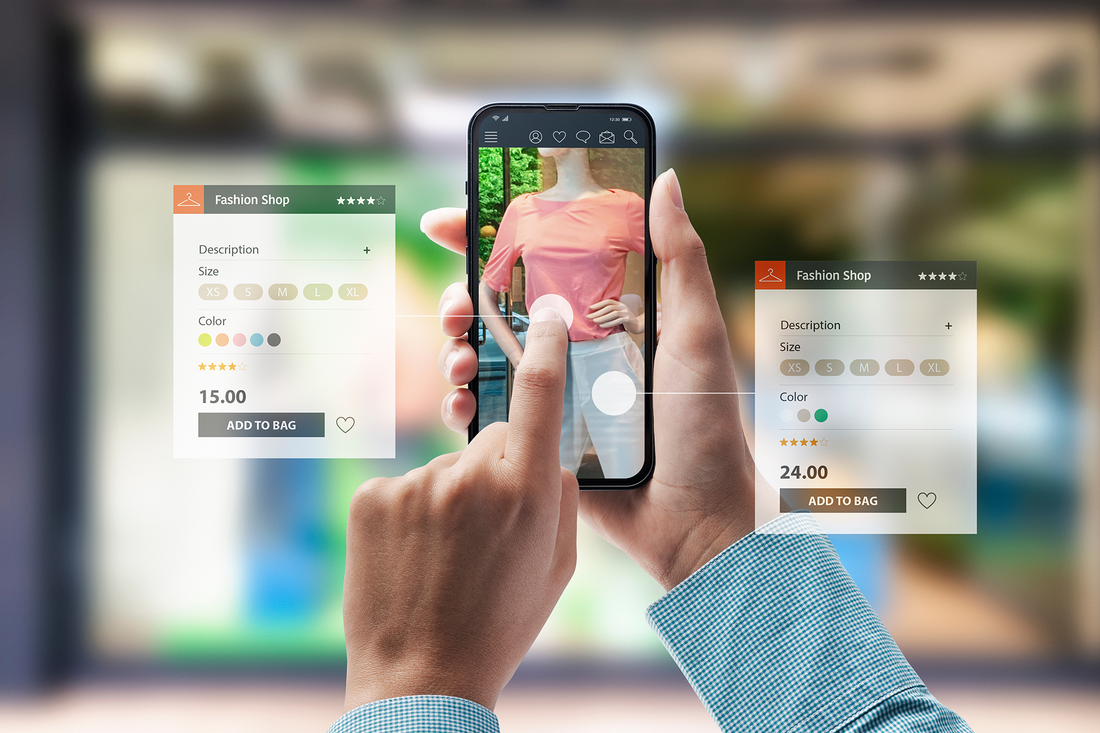The advent of Augmented Reality (AR) has revolutionized the retail industry, providing an immersive shopping experience that bridges the gap between the digital and physical world. One of the most significant impacts of AR is its potential to reduce product returns, a persistent issue in the retail sector. By providing a more informed shopping experience, AR can help consumers make more accurate purchasing decisions, ultimately reducing the rate of returns.
The Challenge of Product Returns
Product returns have long been a thorn in the side of retailers. They not only result in lost sales but also incur additional costs related to restocking, repackaging, and reselling. The issue is particularly prevalent in the e-commerce sector, where consumers often rely on product descriptions and images, which may not accurately represent the actual product.
Furthermore, the lack of physical interaction with the product before purchase often leads to a mismatch between consumer expectations and reality, resulting in a high rate of returns. The challenge for retailers is to provide a more accurate representation of their products to reduce this mismatch and, consequently, the rate of returns.
The Role of AR in Retail
Augmented Reality (AR) has emerged as a powerful tool in the retail industry, offering a solution to the challenge of product returns. AR allows consumers to visualize products in their own environment before making a purchase, providing a more accurate representation of the product.
For example, furniture retailers can use AR to allow consumers to see how a piece of furniture would look in their own home, while clothing retailers can use AR to allow consumers to virtually try on clothes. This not only enhances the shopping experience but also provides consumers with a more informed decision-making process, reducing the likelihood of returns.
AR and Informed Shopping
By providing a more immersive shopping experience, AR allows consumers to make more informed purchasing decisions. Consumers can interact with products in a virtual environment, gaining a better understanding of the product's size, shape, and functionality. This helps to align consumer expectations with reality, reducing the likelihood of returns.
Moreover, AR can also provide additional product information, such as material, manufacturing process, and sustainability credentials, further informing the consumer's purchasing decision. This level of transparency not only builds trust with consumers but also reduces the likelihood of returns due to unmet expectations.
Implementing AR in Retail
While the benefits of AR in retail are clear, implementing it requires careful planning and execution. Retailers need to ensure that their AR solutions are user-friendly and seamlessly integrated into their existing shopping platforms.
Furthermore, retailers need to ensure that their AR solutions accurately represent their products. This requires high-quality 3D models and accurate product information. Retailers also need to consider the scalability of their AR solutions, particularly for large product catalogs.
Choosing the Right AR Solution
There are various AR solutions available in the market, each with its own strengths and weaknesses. Retailers need to choose a solution that best fits their needs and budget.
Some AR solutions offer advanced features, such as artificial intelligence (AI) and machine learning, to enhance the shopping experience. These solutions can provide personalized product recommendations based on the consumer's interaction with the AR environment, further enhancing the shopping experience and reducing the likelihood of returns.
Training and Support
Implementing AR in retail also requires training and support. Retailers need to train their staff on how to use the AR solution and provide support to consumers who may encounter issues.
Furthermore, retailers need to regularly update their AR solution to ensure it remains effective and relevant. This requires ongoing investment in technology and resources.
The Future of AR in Retail
As AR technology continues to evolve, its role in retail is set to grow. Future advancements in AR, such as improved 3D modeling and more realistic virtual environments, will further enhance the shopping experience and reduce the rate of returns.
Moreover, as consumers become more familiar with AR, their expectations of the shopping experience will also evolve. Retailers will need to keep pace with these changes to remain competitive and reduce the rate of returns.
Overall, AR offers a promising solution to the challenge of product returns in retail. By providing a more informed shopping experience, AR can help consumers make more accurate purchasing decisions, ultimately reducing the rate of returns and improving the bottom line for retailers.
If you're interested in implementing AR strategies to support your customers and reduce the headache of returns for your ecommerce business, reach out to us today. Our team of experts can help you implement an AR strategy that helps you sell more online while reducing costly returns.

